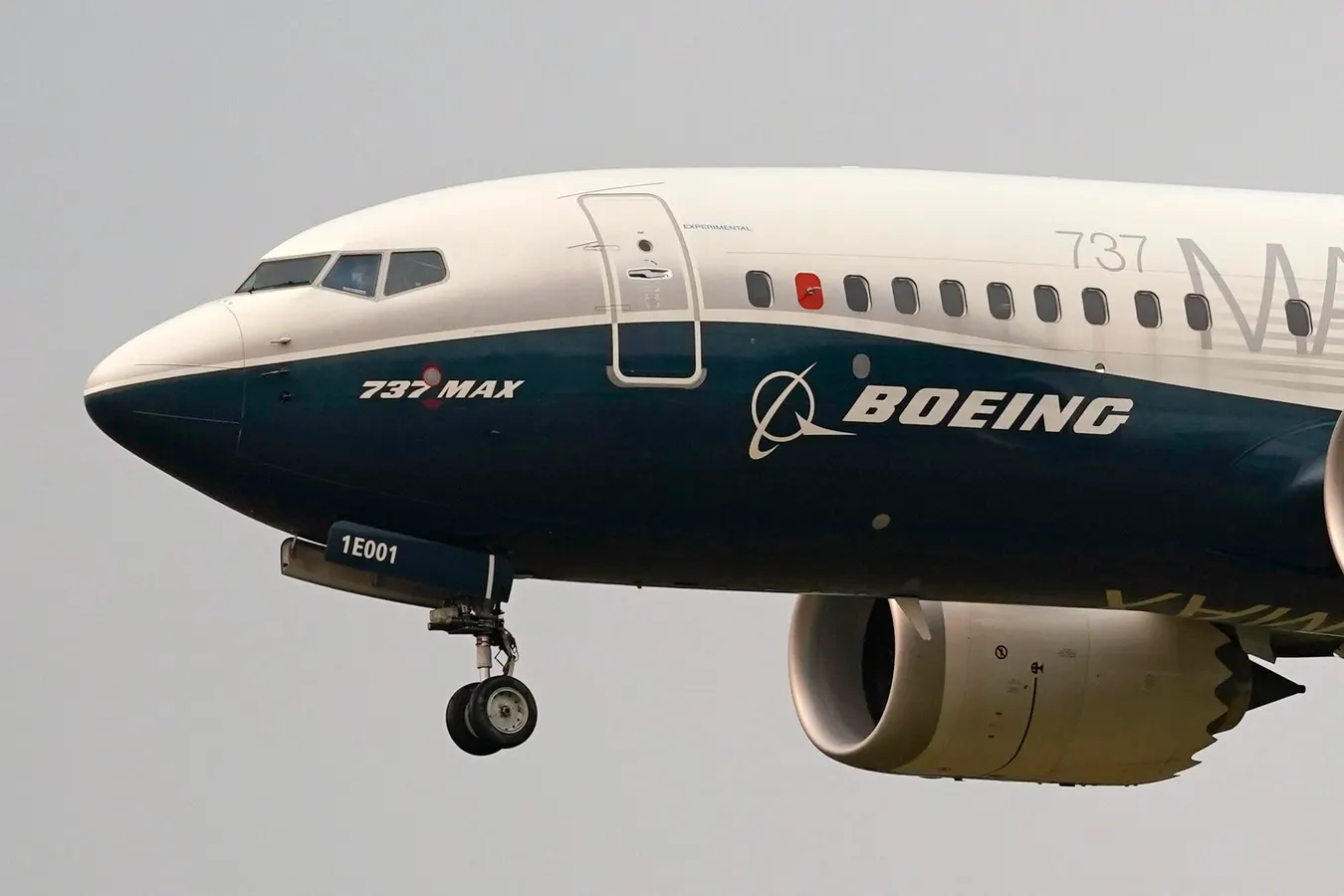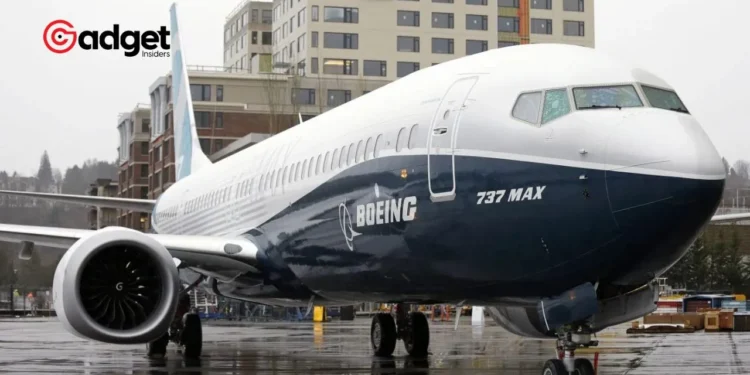In the vast and complex world of aviation, the safety of passengers and crew is paramount, a principle that guides every decision, from design to daily operations. However, the journey towards safety is an ongoing process, marked by continuous improvement and, sometimes, unexpected challenges. One such challenge has emerged for Boeing, the aerospace giant, with the Federal Aviation Administration (FAA) shining a spotlight on a critical issue within the Boeing 737 Max fleet.

Boeing: A Moment of Uncertainty Above
The story begins in December 2021, when a flight crew aboard a Boeing 737 Max 8 experienced a heart-stopping moment. As they descended on autopilot, the aircraft unexpectedly rolled violently to the right, without any command from the pilots.
Quick thinking and swift action by the first officer, who disengaged the autopilot, allowed them to regain control within seconds, leading to a safe landing. This incident, which saw the plane bank at an alarming angle of 30 degrees, prompted a detailed report to the Aviation Safety Reporting System, highlighting a possible flaw with the aircraft’s left-wing spoiler.
This wasn’t an isolated event. The captain noted that similar issues had been documented in the logbook multiple times in the days leading up to the incident, signaling a persistent problem that demanded attention.
Flying coffins? FAA finds shocking flaws in #Boeing737 Max production – Interesting Engineering https://t.co/LBkfJOrV7S
— Craig R (@Craig32754) March 13, 2024
FAA Steps into Action
Fast forward to the present, and the FAA has proposed a new rule requiring inspections of approximately 207 Boeing 737 Max airplanes within the U.S. for potential wiring damage. This directive is a response to concerns that the nonconforming installation of spoiler control wires could lead to a loss of control, echoing the perilous situation encountered in 2021.
This move is part of a broader effort to ensure the highest safety standards, particularly in light of the 737 Max’s troubled history and Boeing’s ongoing efforts to rebuild trust following two devastating crashes.
Boeing’s response to these concerns includes a service bulletin sent in July to operators of about 860 potentially affected 737 Max-8 and -9s globally, guiding voluntary inspections of wire bundles. This proactive measure, alongside the development of a solution for new planes in June 2022, illustrates Boeing’s commitment to safety, albeit with a timeline that some industry experts criticize as too lenient.
The Importance of Vigilance in Aviation Safety
The discussion surrounding the wiring flaw underscores a vital aspect of aviation safety: vigilance. While Boeing and the FAA emphasize that the issue does not pose an immediate risk, the experiences shared by pilots and the technical analysis conducted signal a need for urgent action.
Experts, including a former Boeing factory manager and retired FAA engineers, argue that the potential for uncommanded spoiler deployment during critical phases of flight, such as landing, could pose significant risks, despite the aircraft’s robust roll control capabilities.

Moving Forward with Caution and Precision
As the FAA reviews public comments and moves towards finalizing its proposal, the aviation community watches closely. The consensus is clear: while the Boeing 737 Max remains a marvel of modern engineering, no stone can be left unturned when it comes to ensuring the safety of those who fly.
The proposed inspections, coupled with Boeing’s ongoing efforts to address production and quality control issues, represent a step forward in maintaining the rigorous safety standards that the flying public expects and deserves.
The unfolding story of the Boeing 737 Max serves as a reminder of the complexities and challenges of aviation safety. As Boeing and the FAA navigate these turbulent skies, their actions today will lay the foundation for a safer tomorrow, ensuring that the marvel of human flight continues to inspire awe, not fear.










